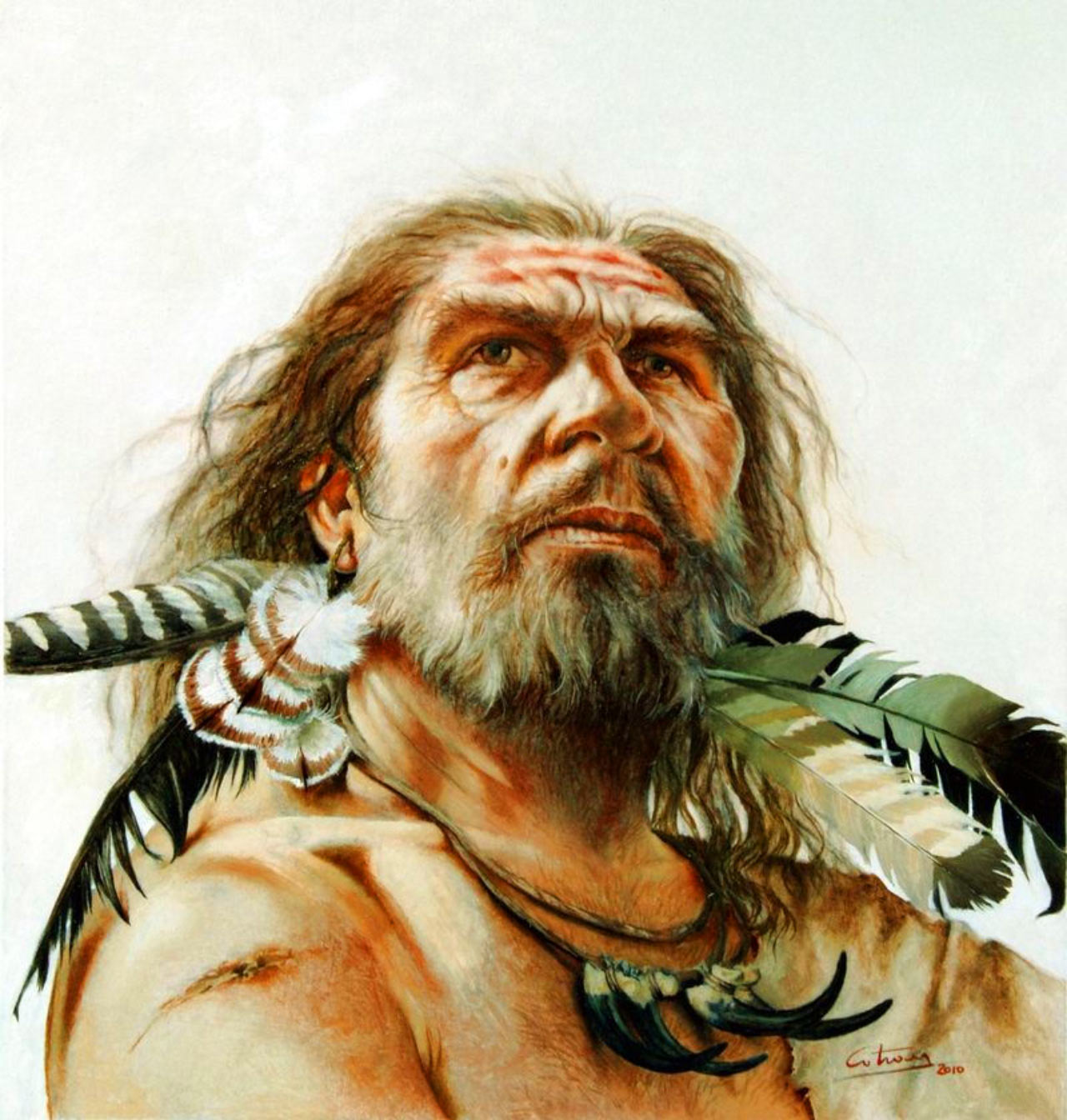
"In the last 270 years, more than a quarter million indigenous people were forced off their ancestral lands, burned out of their homes, sold into slavery, and forcibly assimilated into a foreign culture. But these were not Native Americans, or black Africans, or Jews; these were the white residents of the Scottish Highlands. Their crime: Occupying land that others coveted.
Highland and Island Scots lived under a clan structure based on an earlier tribal lifestyle. By pledging loyalty to a familial laird, the Highlanders gained the right to plant crops and raise cattle in the rugged hills and mountains of Scotland. These people remained close to their Keltic roots, and most spoke Gaidhlig instead of English. Culturally, the Highlanders were strongly independent, and they resented English dominion. The Highland Scots opposed the annexation of their homeland by the English. At Culloden Field, on 16 April 1746, the English Army crushed the Scottish rebellion; even the Highlander wounded were massacred. When the battle was over, the Scottish lairds were dead, and the English set out to destroy the clans once and for all.
In 1747, England passed “The Act of Proscription”, which banned (for the Scots) the wearing of tartan, the playing of bagpipes, the right to own weapons, the gathering of clans, and the teaching of the Gaidhlig language. Punishment for breaking this law: Seven years slavery in an overseas English colony. Another law that same year turned all clan lands over to the English crown. In forty years, the clan culture was largely destroyed; the young people did not know their language or culture.
As the 19th Century began, the price for wool and mutton went up. To corner the market for these valuable commodities, the English lords of the Highlands began a campaign now known as “The Clearances”. Trees were cut away, and their planting was forbidden, to make room for sheep. And the tenants of the land, of course, were in the way as well. The English began a campaign of terror, using armed enforcers to destroy Highland and Island homes, herding their inhabitants into urban ghettos or packing them onto cargo ships for the “New World” colonies. Where thousands of Scots had once lived, a few dozen shepherds now tended flocks of sheep. People were often evicted from their homes without warning, given only enough time to escape with their lives before the fires began. In many cases, the old and the young died as their houses burned; entire families froze to death without shelter. Those forced onto slave ships died enroute to America and Australia, packed like sardines. Tens of thousands died; hundreds of thousands lost their freedom and their identity.
And assaults on the Highland Scots continue to this day. Only in 1976 did the English pass a law allowing the remaining Highland tenants to buy their lands – at highly-inflated prices. It was only in 1991 that the law changed so that Highlanders were allowed to plants trees again. A few dozen people still own most of the Scottish Highlands; many of the Islands belong to corporations or individuals. In 1993, two farm families on the Isle of Arran were evicted and their houses bulldozed – to make room for more deer. That same year, absentee landlord Sheik Maktoumm of Dubai bulldozed a dozen family homes on his estate, even though there were already 800 applicants in need of housing on his lands."
Source : The Cries of the Never Born: The Scottish Clearances, by Scott Robert Ladd.
When I tell native people (here in Canada) that my people went through the same process of conquest as their people they just look at me like I'm crazy.
Downvoting a post can decrease pending rewards and make it less visible. Common reasons:
Submit